Val Chisone, located in the Western Alps of Piedmont, is a valley known for its natural landscapes, characterized by green forests, meadows, lakes and mountains with remarkable peaks. There are various activities that Val Chisone offers its visitors, from hiking trails, visits to its fortresses, relaxing in the shade of its lakes or why not, even discovering the hidden paths among its villages. Among the best-known locations in Val Chisone is the Fenestrelle Fort, known as being the largest alpine fortification in Europe, also known as the Great Wall of Piedmont. In addition to nature, the valley also holds distant stories such as those of the village of Usseaux, for example, the town famous for its murals on the walls of its houses, which tell tales of rural life. Laux, on the other hand, is famous for its lake shrouded in mystery and legend that has its roots in a time long gone. And again, the Assietta Pass, known for its roads that saw the Piedmontese versus French armies clash in 1747. In addition, the valley is home to unique fauna and flora, protected within the Orsiera Rocciavrè Nature Park. The reserve also offers refuge to many species of wildlife, such as the Frog Lake, which is home within its waters to the famous alpine frog. The park also holds rare plants, making it an ideal place for nature, history and biodiversity lovers. Here are ten places not to be missed!
Europe’s largest alpine fortress exists in the Chisone Valley: it is the Fort of Fenestrelle, also called the Great Wall of Piedmont because of its size and the formation of eight defensive works joined together to thwart enemies. The structures are joined together by a staircase of 4,000 steps also called a covered staircase. In the past, its role as a sentinel remained active for several years and it also became a state prison, with rooms converted into cells. After World War II, the fort fell into a state of neglect and lost its defensive and prison functions. Since the 1990s, the fort has become a complex that attracts visitors from all over Italy every year.
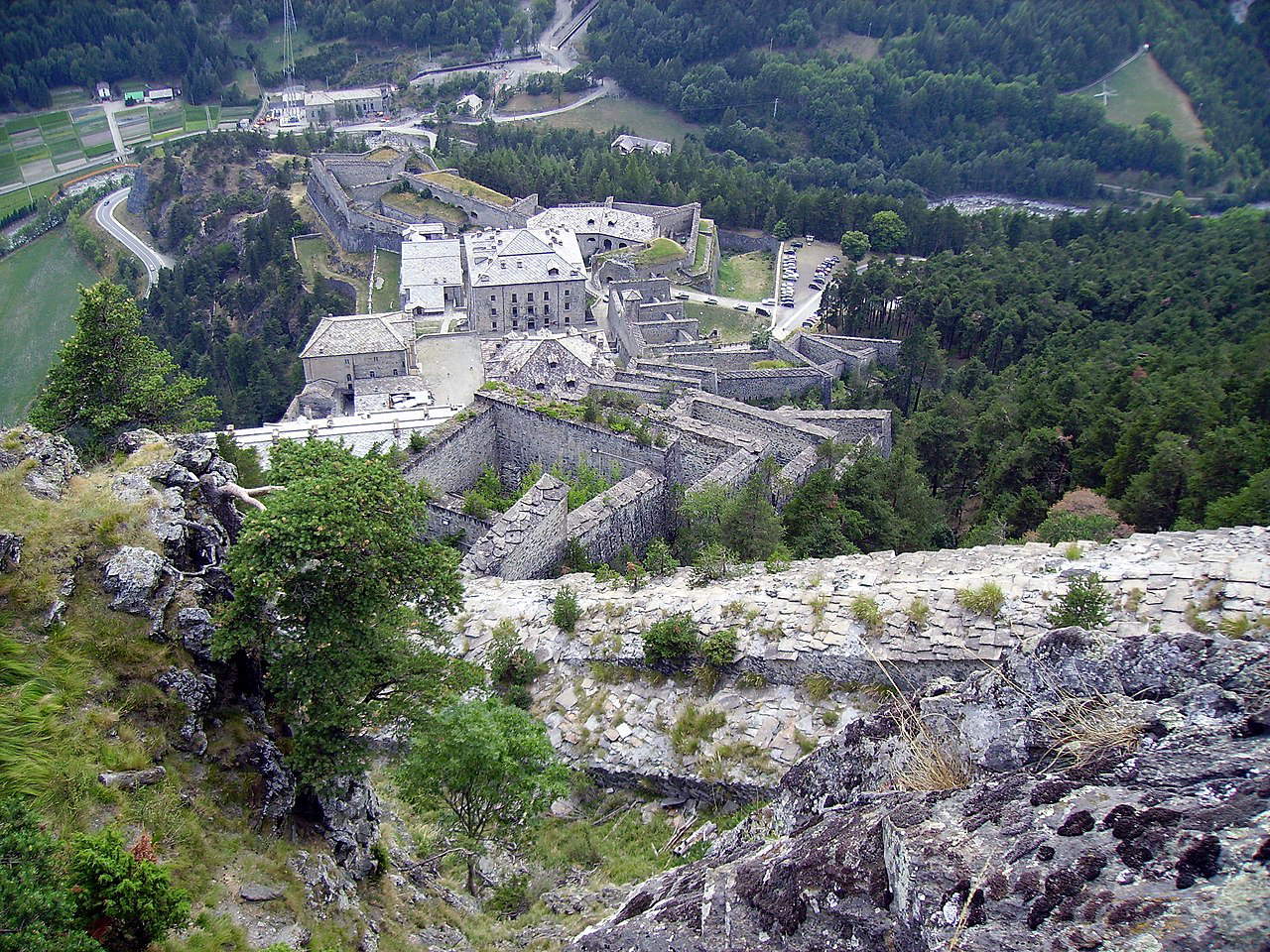
At 1,416 meters above sea level, the small town of Usseaux, also called the town of murals and bread is the oldest village in Val Chisone and is divided into four small towns: Balboutet, Laux, Fraisse and Pourrieres. Although close to each other, the small towns near Usseaux are very different from each other. The origins of its name refer to the Celtic term of uxellos, which translated would mean “high.” Ancient texts name the village crossed by Julius Caesar, Occellum. To this day, the village is known for its ancient history but especially for the presence of murals, fountains from which clear, fresh water flows, working ovens, and the old restored and active mill.
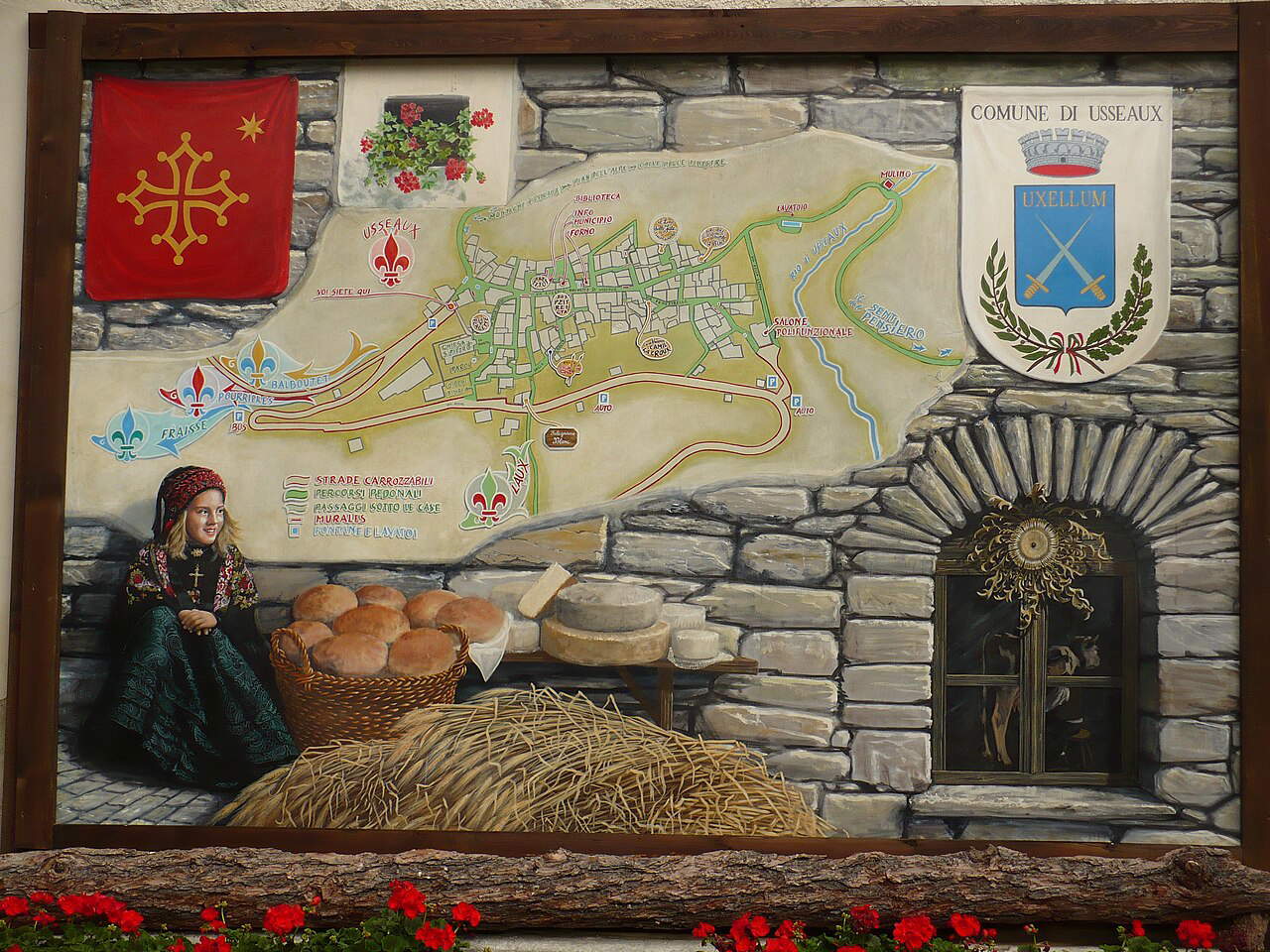
Near Usseaux is the small village of Balboutet, a hamlet of the former, also known as the village of sundials and swallows. The village’s uniqueness lies in its bright colors. Getting lost in its enchanted alleys is easy. In fact, twenty-four sun dials painted on the facades of buildings are hidden here, making the village unique and fairy-tale-like. The tour then ends in the Sun Square, from which the surrounding panorama can be admired and on which the last large sundial is depicted.
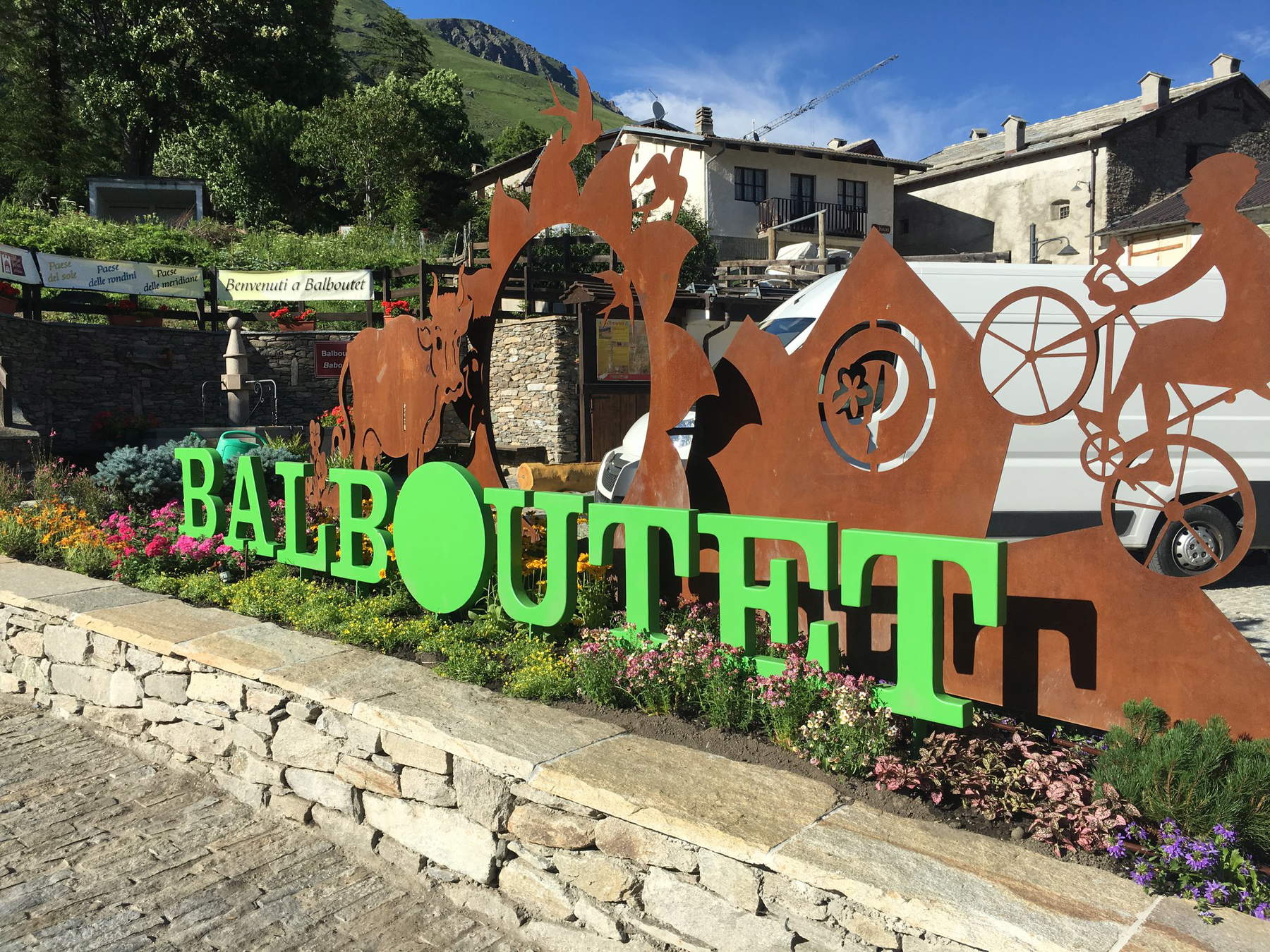
The village of Laux is known for its waters and for being the cleanest hamlet in the entire valley. Among its best-known aquatic forms, Lake Laux certainly stands out, covering a good part of the hamlet and featuring cool, crystal-clear waters. Ancient tales tell of a past history of a plain covered with green meadows frequented by shepherds, on the site where the lake now stands. However, the community in the area was troubled by the arrival of a blasphemous and selfish man who did not respect holidays or even respect times of recollection and prayer. Thus, one day while the man was plowing his field during a holiday, the sky turned dark and the plateau was flooded with water, creating the lake. It is said that at the bottom of it the man’s plow can still be seen.
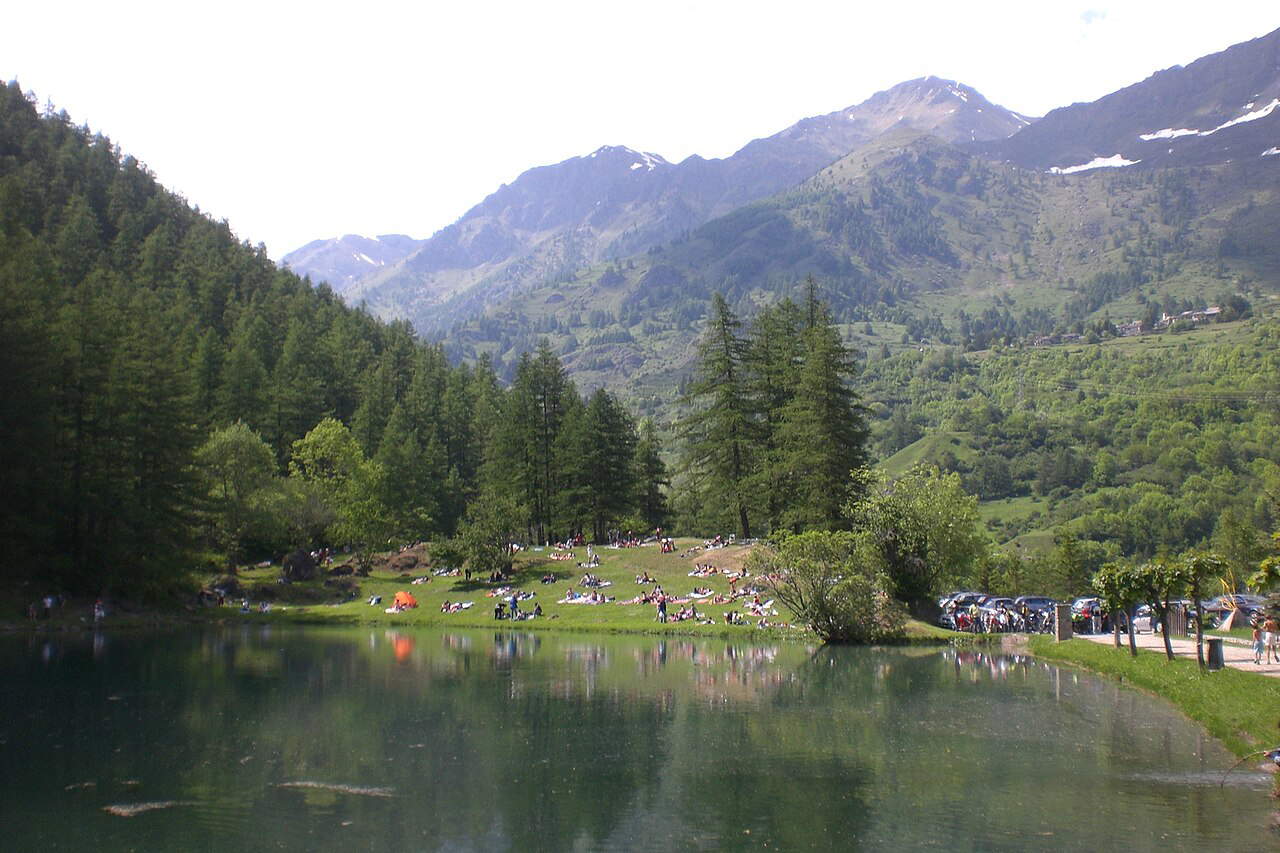
If you decide to reach the Assietta Pass, Pourrieres is the ideal starting point. Indeed, from the village you can reach particularly high peaks, such as the Testa dell’Assietta, at 2,567 meters high. Nonetheless, Pourrieres is not just about trails and hiking: the hamlet is home to fabulous sundials painted on the walls of houses, similar to the depictions of Balboutet. Also, because of its proximity to the Assietta road, which was the scene of battles between the Piedmontese and French, the streets of Pourrieres are embellished with silhouettes of soldiers celebrating the Battle of Assietta.
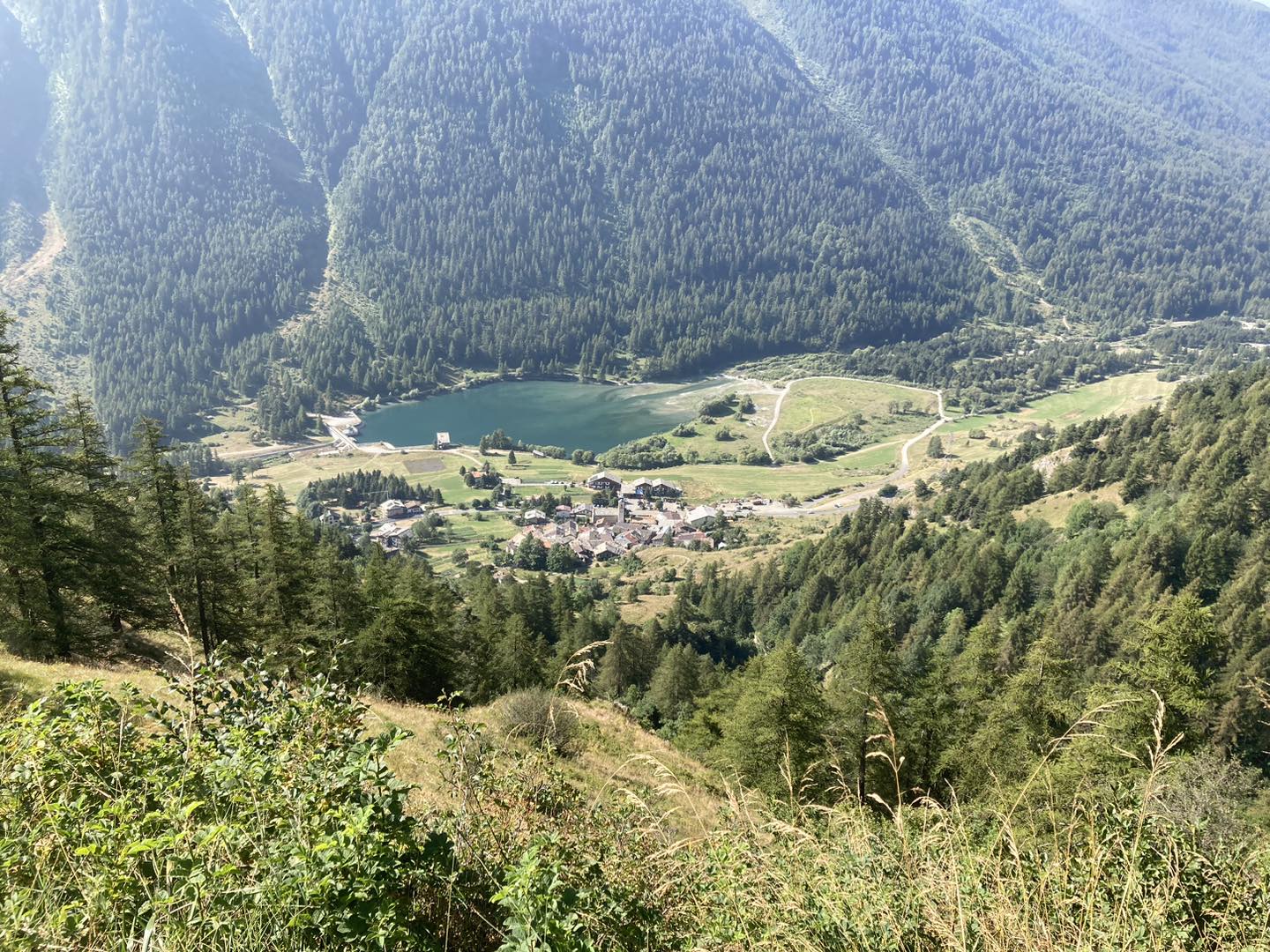
Surrounded by forests and known for its wood craft creations, Fraisse is an ideal hamlet for visitors who love nature but especially wood carving and woodworking. Along the streets of Fraisse, it is easy to spot workshops of artisans serenely working and carving the material. The end result? Unparalleled works of art!
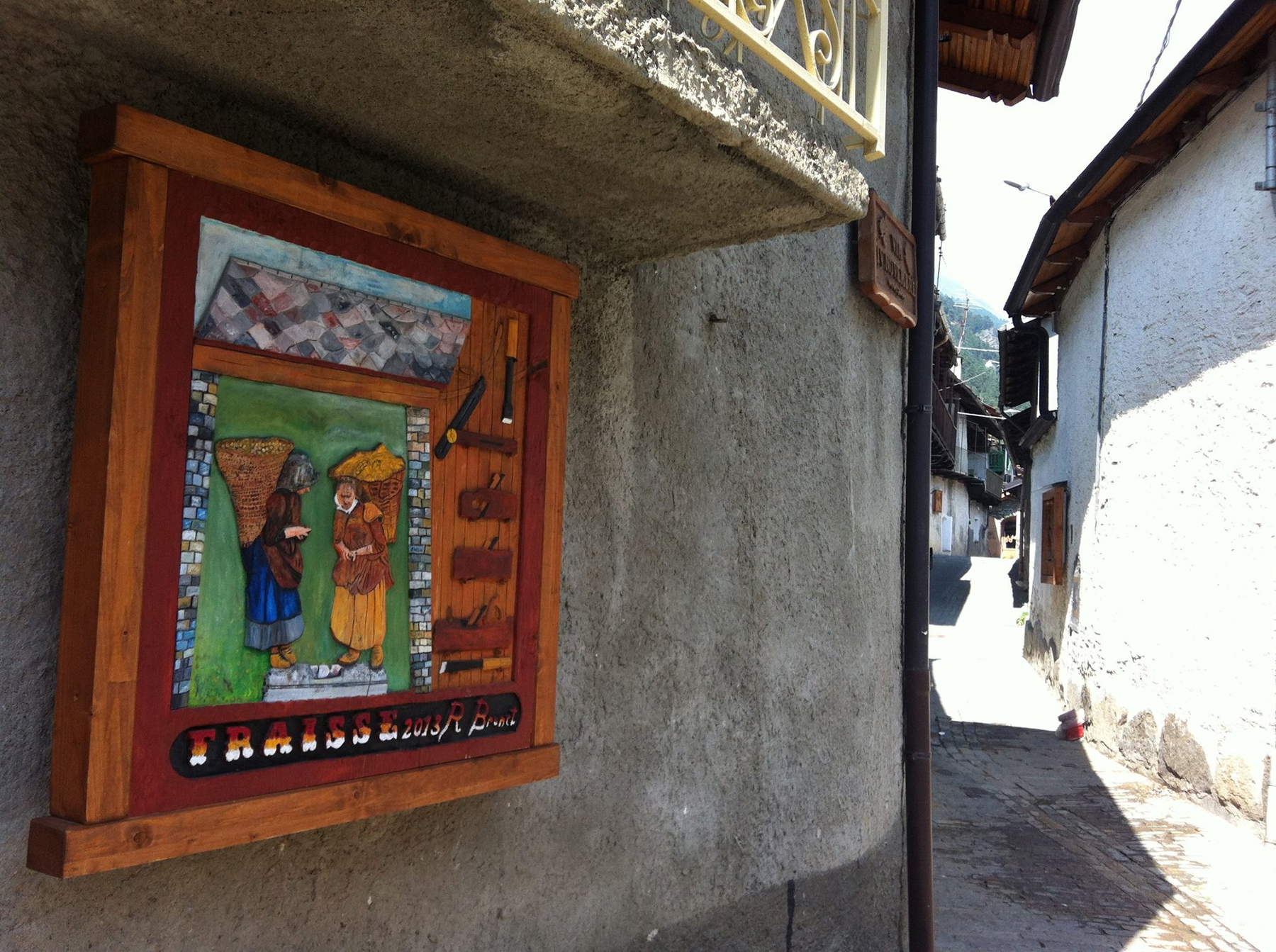
Between Val di Susa and Val Sangone, nestled in the green forests of the mountains and the coolness of the lakes, lies the Orsiera Rocciavré Park, an oasis hidden among the hills. The reserve is full of cow pastures and refuges where you can taste typical products such as Toma d’alpeggio cheese and Toma del Lait Brusc. In addition to this, the park features various trails and hikes suitable for everyone. Among the most interesting trails is the 5-day loop trail, also known as the Orsiera Tour. The locality also features four peaks that manage to touch 2,800 meters in height and they are: Monte Orsiera, Rocca Nera, Punta Cristallina and Punta Gavia. Because of the harsh winters, in the colder seasons it is advisable to stay at low altitude, around 1,700 meters.
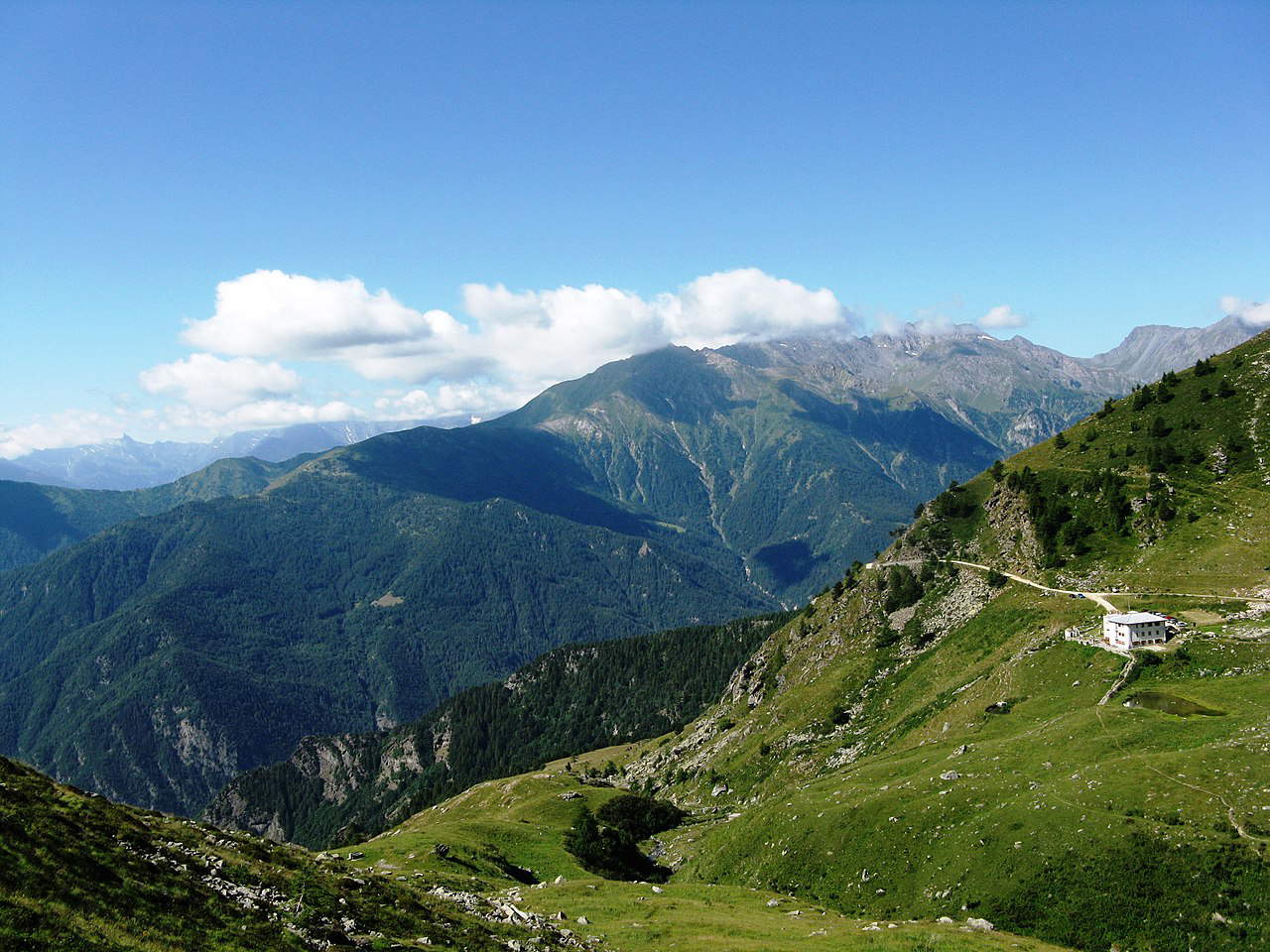
Located within the Orsiera Rocciavrè Park, the Assietta Pass constitutes a well-known trail for several reasons. The first is its strategic location: in fact, the Assietta trail has a military origin, and was built to protect the Fort of Gran Serin, a fortress accessible only on foot and founded in the 19th century. However, the Assietta trail is not only known for its fortress, but also for the disputes that took place around 1747 between the Piedmontese and the French, which saw the French retreat following the entrenchments on the Assietta plateau by the Piedmontese. Currently, its trail is besides that famous for the mountain bike race called Tour dell’Assietta.
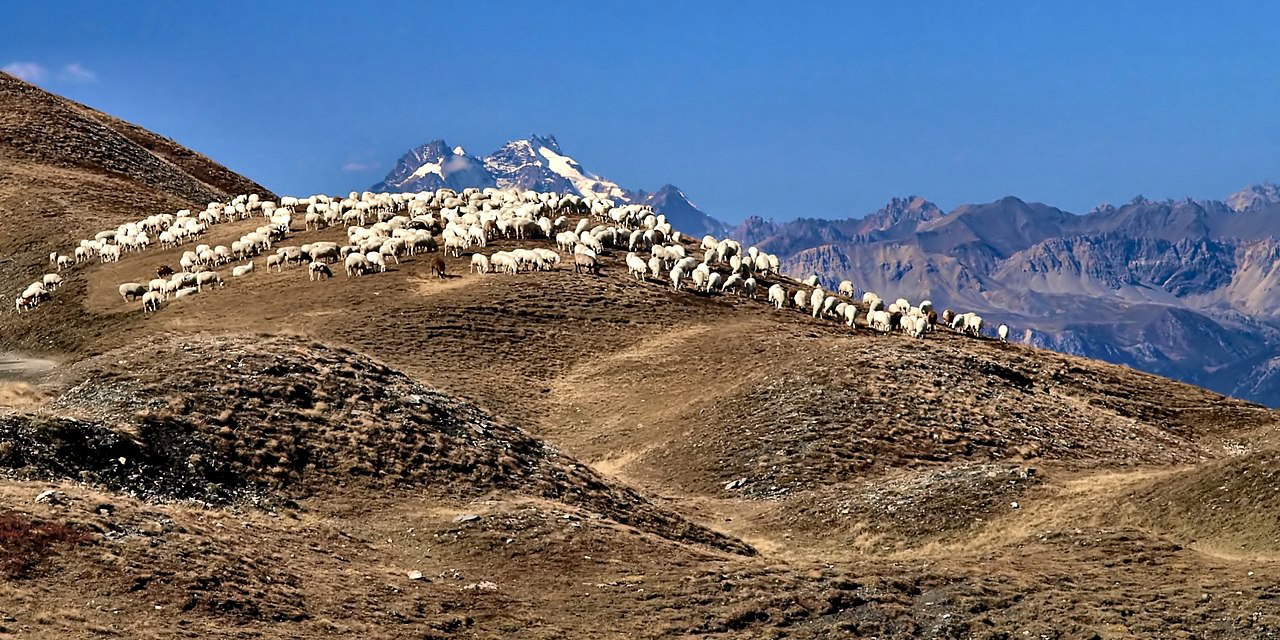
Among the large green meadows of Pian dell’Alpe, in Pequerel, there is a truly bizarre bench: the giant bench of the Big Bench project. But what is it all about? In 2020, a giant green bench was installed next to the lake, accessible only by several steps. The project is supported by the Big Bench Community Project Association, which promotes and places giant benches in various parts of Italy and abroad. The goal is to offer visitors a new point of view, making them become children again and stimulating their imagination. A perfect selfie spot then!
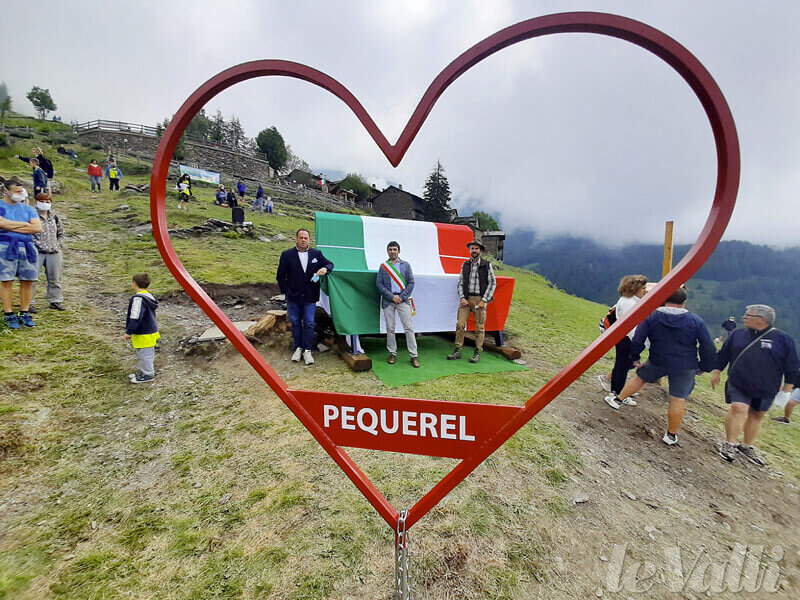
In Val di Chisone, at an elevation of 1,260 meters, within the Orsiera Rocciavrè park, there is an evocative and unique lake named Lake of the Frogs. The large, clear pond is known to be the perfect habitat for the alpine frog, a species found in mountainous areas such as the Alps and Apennines, adorned with signs describing the history of the tiny amphibian. Surrounded by a fascinating landscape, the frog lake is an ideal destination for those seeking quiet, serenity and silence. During the day, it is possible to take long walks or stop in peace at the picnic tables set up throughout the area while enjoying a rejuvenating lunch or snack thanks to the kiosk inside the area.
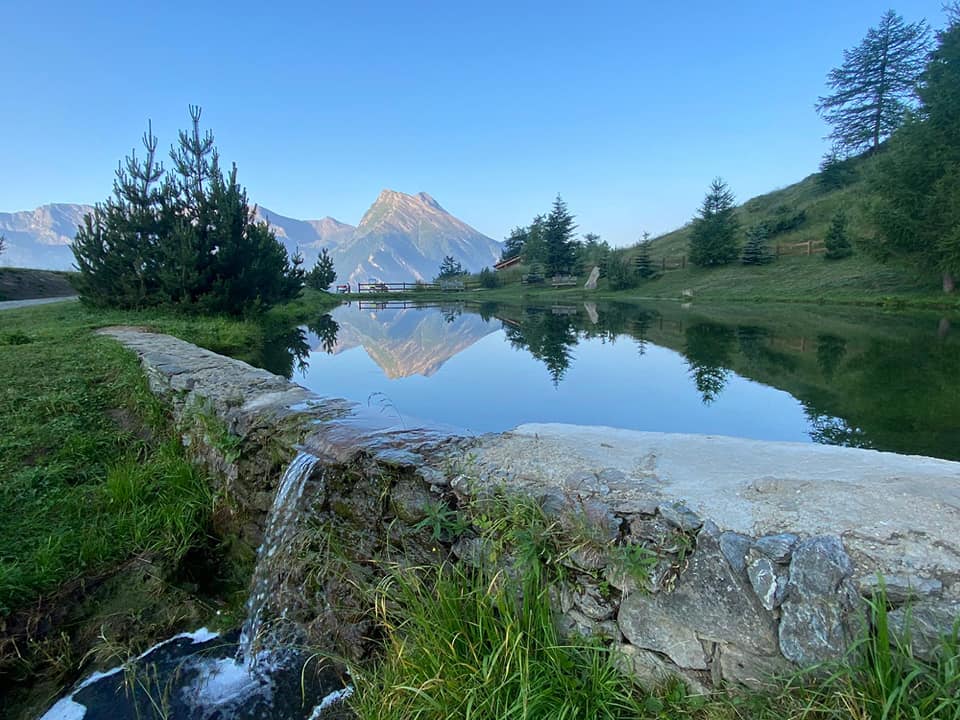
 |
| Val Chisone, what to see: 10 places not to be missed |
Warning: the translation into English of the original Italian article was created using automatic tools. We undertake to review all articles, but we do not guarantee the total absence of inaccuracies in the translation due to the program. You can find the original by clicking on the ITA button. If you find any mistake,please contact us.